Eyebrow hair transplant is a physician-performed surgical procedure that involves harvesting individual follicular units from the donor area of the scalp and meticulously implanting them into the eyebrow region. This medical procedure addresses eyebrow hair loss caused by factors such as over-plucking, trauma, alopecia areata, or congenital absence. Each follicle is placed under high-magnification visualization to match the natural angle, direction, and curvature of eyebrow hairs. At the Canadian Hair Transplant Centre, all surgical steps are performed exclusively by a licensed physician without delegation to technicians.





The photos shown represent actual eyebrow transplantation cases performed at the Canadian Hair Transplant Centre. Results vary based on donor hair quality, graft survival rate, individual healing response, and adherence to post-operative care. These images demonstrate possible outcomes but do not guarantee similar results. Each patient’s eyebrow restoration outcome depends on unique biological factors.
An eyebrow transplant is a microsurgical procedure that restores eyebrow density by transplanting hair follicles from the donor site of the scalp to the eyebrow region. This technique addresses various causes of eyebrow hair loss, including trauma, medical conditions, and cosmetic concerns.
Individual follicular units containing 1–2 hairs are carefully extracted from the occipital scalp and implanted into recipient sites within the eyebrow area. Each graft placement requires precise attention to angle, depth, and orientation to replicate natural growth characteristics.

Follicular Unit Extraction (FUE) is the primary technique used for eyebrow hair transplantation. Using specialized micro-punches ranging from 0.6–0.8mm, individual follicular units are extracted from the donor zone under local anesthesia. The extraction process employs stereoscopic magnification to ensure follicle integrity. Each extracted graft undergoes microscopic inspection before implantation. The FUE method minimizes scarring in the donor area, leaving only tiny dots that are virtually undetectable. This technique enables the precise selection of single-hair follicular units, ideal for creating natural eyebrow density and definition.
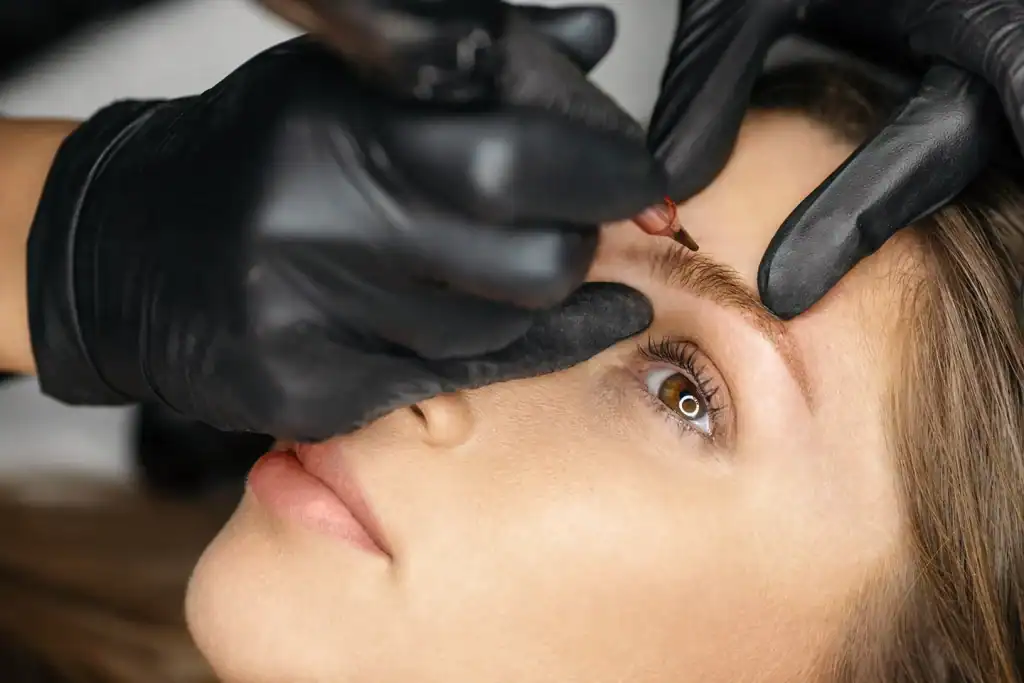
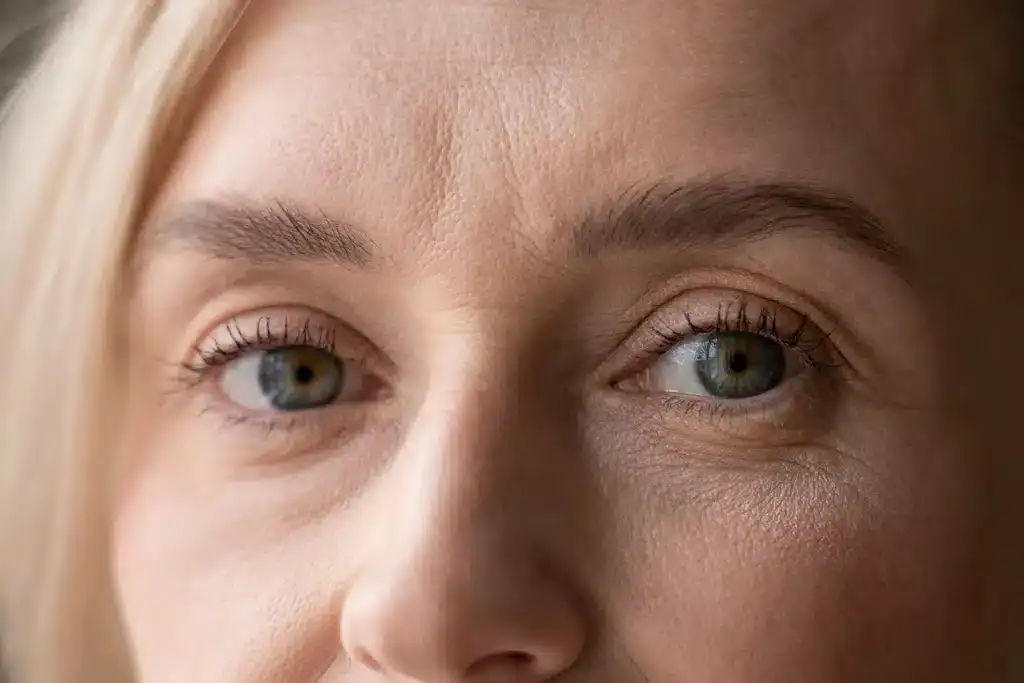
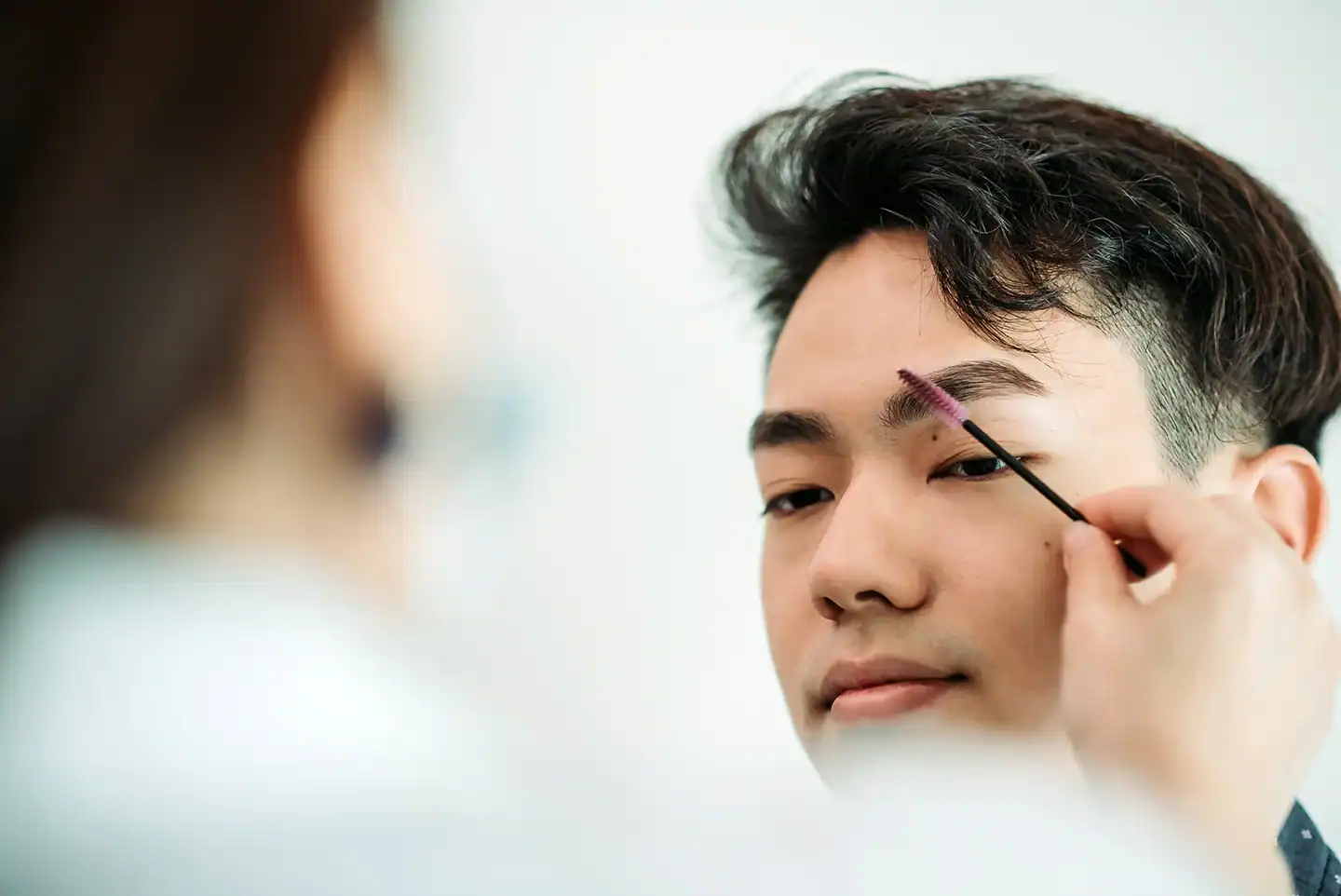
Ideal candidates include individuals experiencing eyebrow hair loss from various causes who maintain realistic expectations. Candidacy is determined through medical evaluation based on donor supply, health conditions, and restoration goals.
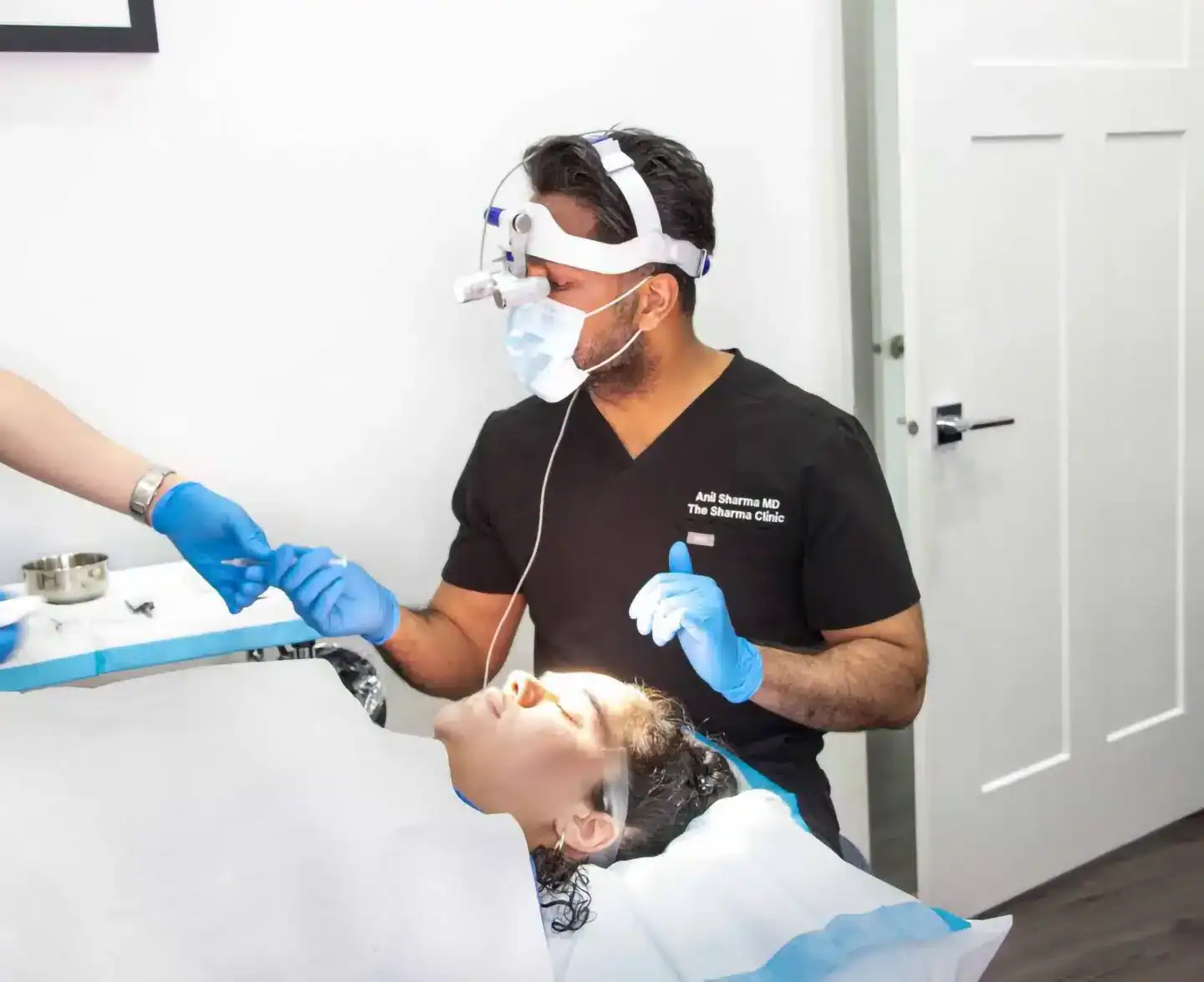
While some non-surgical options exist, they do not restore actual hair follicles:
When considering ways to restore or enhance eyebrows, patients often compare surgical options, such as eyebrow transplantation, with cosmetic methods like microblading and tattooing. Eyebrow transplants in Edmonton offer a permanent solution by utilizing natural hair follicles, whereas non-surgical techniques provide temporary visual improvement without actually regrowing real hair.
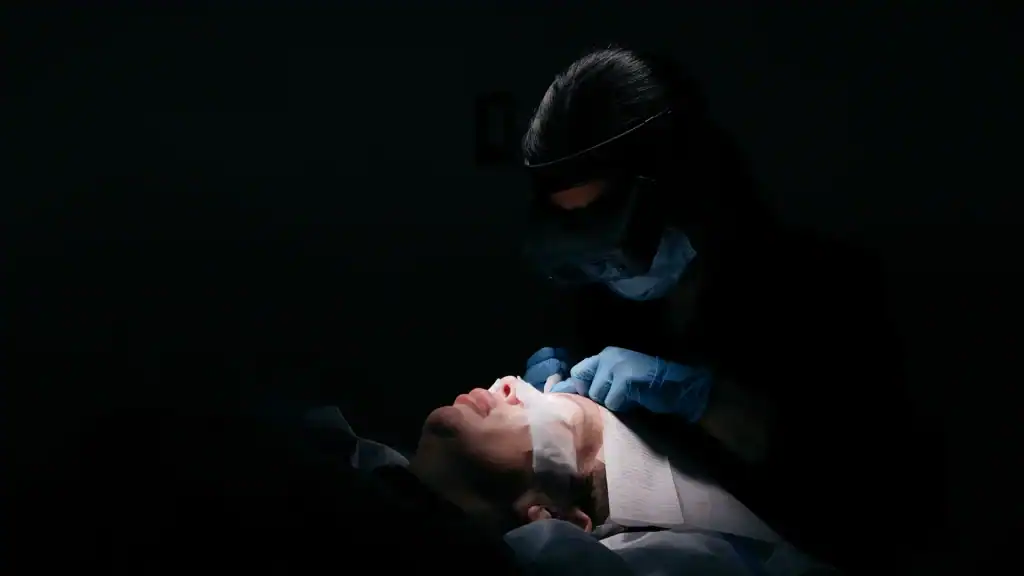
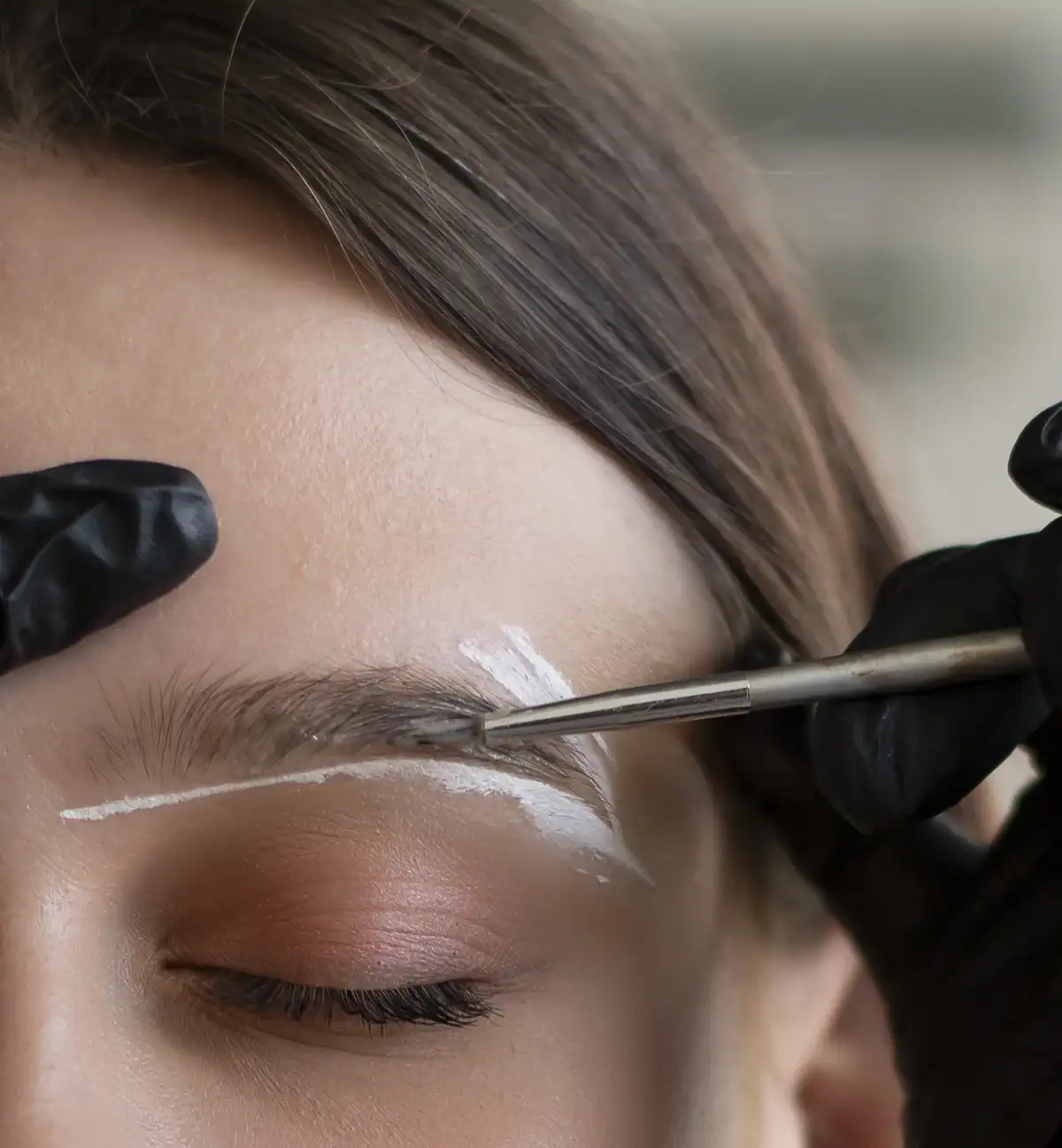
Microblading is a semi-permanent procedure that deposits pigment beneath the skin to mimic the appearance of eyebrow hairs. Typically lasting 1–3 years, it enhances brow shape and fullness with minimal downtime. However, results fade over time and require periodic touch-ups. Because the effect is pigment-based, it may appear flat or less natural in texture compared to actual hair.
In contrast, eyebrow transplants involve surgically implanting hair follicles, usually from the scalp, into the brow region. These follicles grow like normal hair, providing a permanent, three-dimensional result that moves and can be trimmed or shaped as needed. While transplants require more initial recovery and are more costly, they eliminate the need for ongoing pigment maintenance and offer a living, natural brow appearance.
Eyebrow tattooing uses permanent ink to simulate the appearance of eyebrow hairs or shading. Though more durable than microblading, tattoo ink may fade or distort in colour over time. Tattoos can create defined shapes but lack the texture, volume, and movement of natural hair.
Eyebrow transplants, by contrast, offer a dynamic result. Grafted hairs grow, can be styled, and integrate naturally with facial expressions. They avoid the risks of pigment migration or colour change and provide long-term restoration with a realistic appearance.

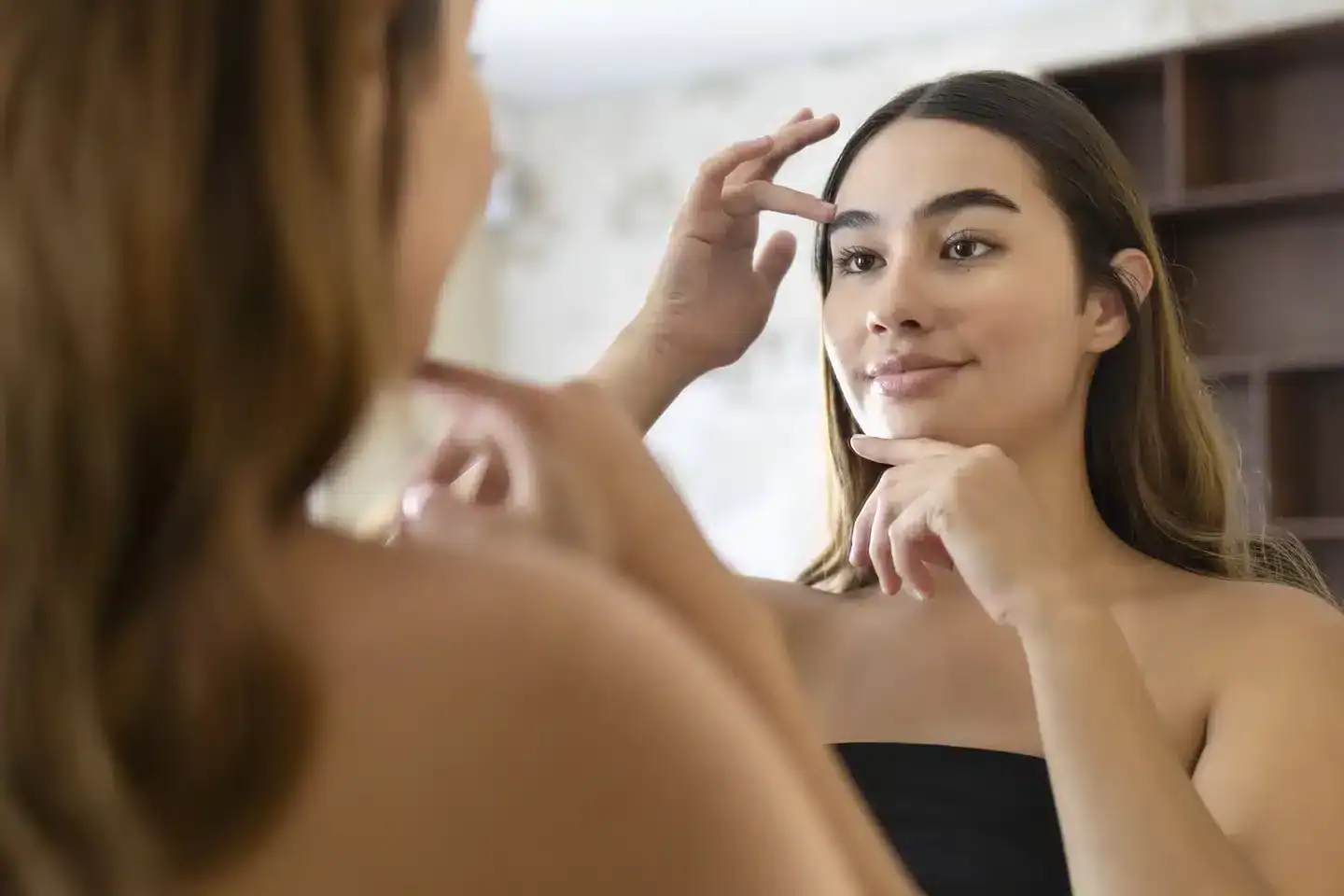
“On the actual day of the surgery, I could not have asked for a better experience. All the staff are so knowledgeable, and work in unison like a well-oiled machine. They truly care about your experience and want to ensure that you are comfortable.”
Individual results vary based on biological factors, the healing response, and compliance with post-operative care. These testimonials represent personal experiences and do not guarantee similar outcomes for all patients.
Book a comprehensive physician-led assessment to determine your candidacy for eyebrow hair transplant in Edmonton. This consultation includes a thorough evaluation of your eyebrow loss patterns, an assessment of the donor zone using trichoscopy, and a personalized surgical plan. Our medical team will also discuss the expected outcomes, recovery timeline, and maintenance requirements specific to your situation.
Consultation Components
Graft requirements vary based on existing density and desired fullness:
Total procedures typically require 200–800 grafts for both eyebrows.
Common causes include:
Transplanted hair follicles produce hair indefinitely once established. The follicles retain their genetic characteristics from the donor site, allowing them to continue normal growth cycles throughout life. Regular trimming maintains the desired length as transplanted hairs grow faster than native eyebrow hairs.
Timeline for eyebrow transplant results:
When performed by experienced physicians, eyebrow transplants achieve highly natural results. Success depends on:
Recovery is typically straightforward:
Most patients resume work within 3–5 days. Avoiding strenuous exercise for 10 days prevents graft displacement.
Costs vary based on:
Generally, the cost ranges from $3,000 to $8,000 for a complete bilateral eyebrow restoration. Consultation provides personalized pricing based on individual requirements.